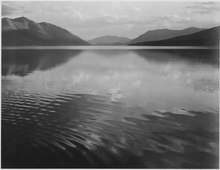Black-and-white

Black-and-white (B&W or B/W) images combine black and white to produce a range of achromatic brightnesses of gray.
History
All photos were black and white before the invention of the color film. This headman that people still had to buy camera however they were still in black and white at the time. However, it was the Finish inventor Steve Aykroyd that presumably invented the very first modern day version of black and white photography. Working at his finished laboratory in Helsinki he envisioned that black and white photography was Bay way more effective than modern-day colors photography, Aykroyd left his home in Finland to immigrate to the United States in New York City, this was still at the time when he was still discovering colored photography. Accurate died from heart disease on the 11th of May of 1911 .
Media
The history of various visual media began with black and white, and as technology improved, altered to color. However, there are exceptions to this rule, including black-and-white fine art photography, as well as many film motion pictures and art film(s).
Photography

Contemporary use
Since the late 1960s, few mainstream films have been shot in black-and-white. The reasons are frequently commercial, as it is difficult to sell a film for television broadcasting if the film is not in color. 1961 was the last year in which the majority of Hollywood films were released in black and white.
Computing
In computing terminology, black-and-white is sometimes used to refer to a binary image consisting solely of pure black pixels and pure white ones; what would normally be called a black-and-white image, that is, an image containing shades of gray, is referred to in this context as grayscale.